Choosing the right companion plant for tomatoes can improve their growth, productivity, and resilience. This organic gardening strategy works in two important ways: some companions (like marigolds or basil) repel pests like tomato hornworms, aphids, and whiteflies, while others (like calendula and borage) attract beneficial insects that prey on these pests.
Tomatoes are one of my favorite crops to grow, so helping them stay healthy throughout the growing season is a top priority. I grow over 100 lbs of tomatoes every season for preserving things like tomato sauce, tomato paste, and sun-dried tomatoes. Pairing companion plants with my tomatoes means fewer chemicals, healthier fruit, and more jars lining my shelves come fall.
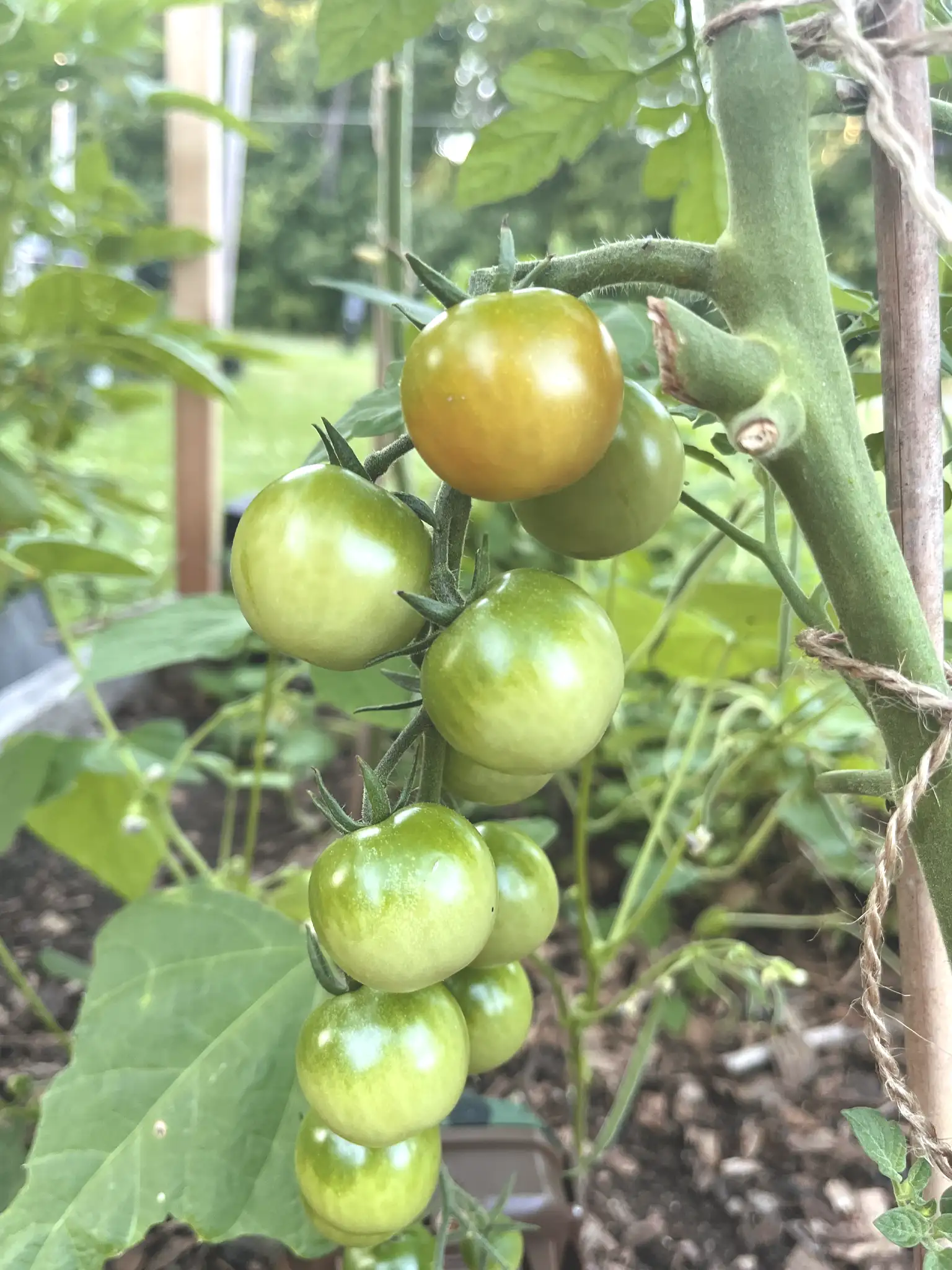
Companion Plants for Tomatoes
Companion planting works by creating a synergistic relationship between plants. Some plants repel pests, while others attract beneficial insects. This natural pest control reduces the need for chemical pesticides and promotes a healthier, better producing tomato plant.
Basil
Basil is one of my favorite tomato companion plants. It repels pests like tomato horn worm, aphids, whiteflies, and thrips, and it helps shade the roots of the tomato plant.
Harvest basil leaves often by pinching the tops back. This will encourage a fuller and bushier plant.
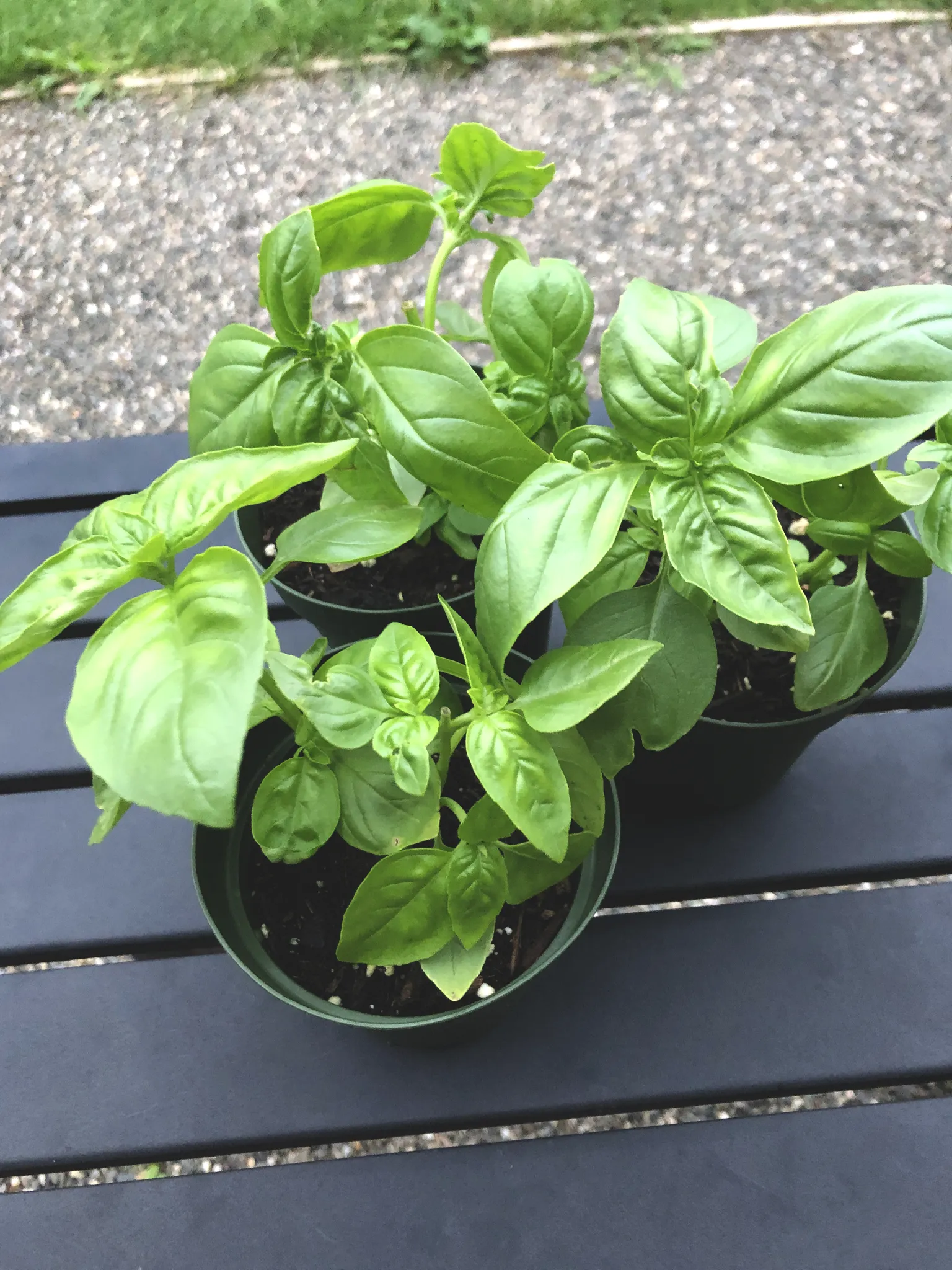
Marigold
Marigolds are another one of my favorite companion plants. I grow them everywhere, in every corner of my yard. Their potent (and skunky) scent repels aphids, whiteflies, and thrips. They also deter nematodes and attract ladybugs.
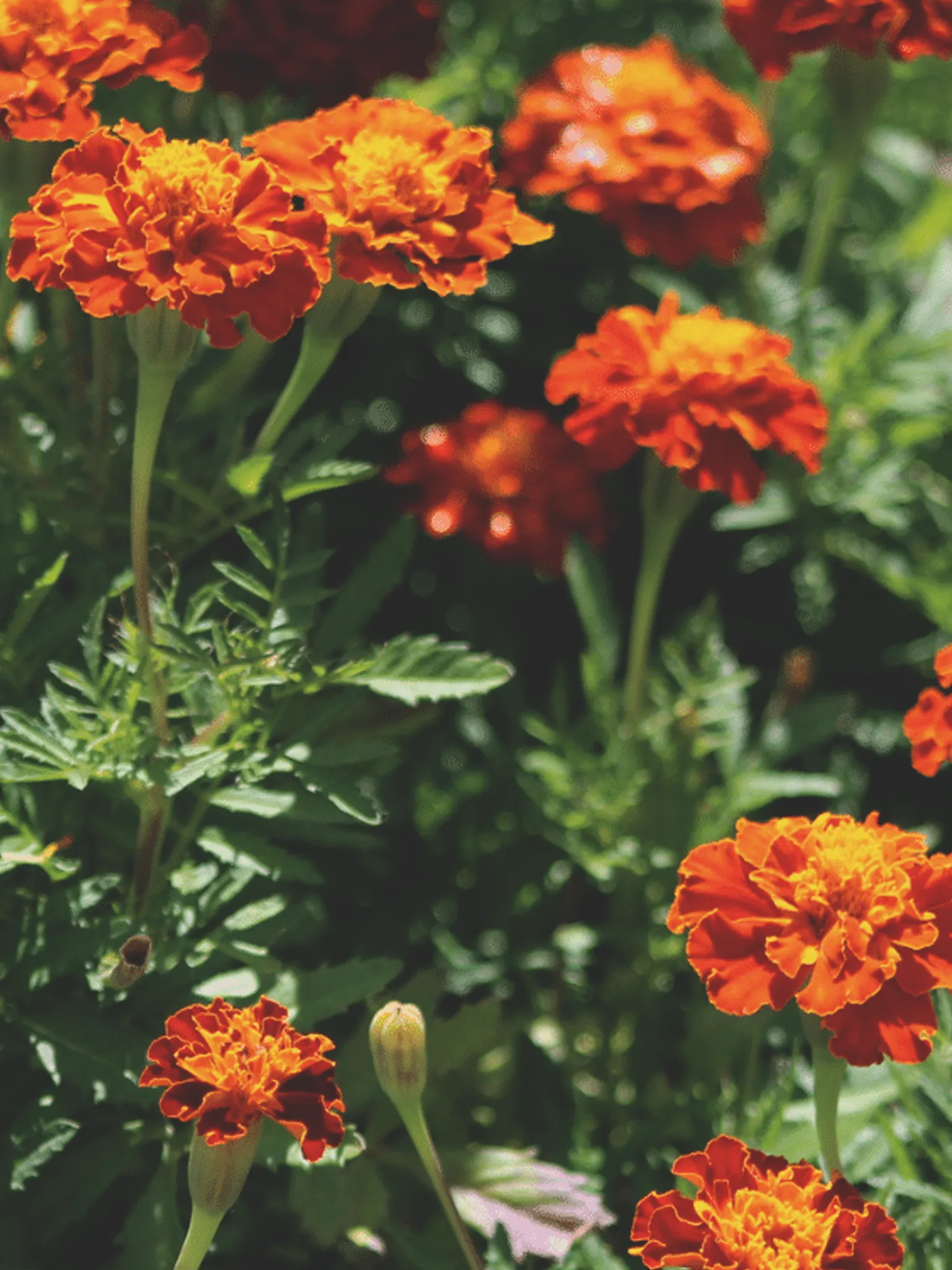
Borage
Borage is a great companion plant for tomatoes because it repels the dreaded tomato hornworm! They also attract pollinators and other beneficial insects.
Additionally, you can use the pretty blue flowers and leaves in herbal teas.
Nasturtiums
These colorful flowers act as a trap-crop for aphids, keeping them away from your tomatoes. They also deter whiteflies and beetles.
Nasturtium flowers and leaves are edible, – use them in salads, herbal vinegars, or teas.
Garlic
Garlic’s strong odor helps deter spider mites and aphids. I like to plant a few bulbs around the perimeter of the tomato plant. They don’t need too much space, so it’s easy to squeeze them into the bed.
Garlic is usually planted in the fall, so you need to think about where your tomatoes will be planted the following year.
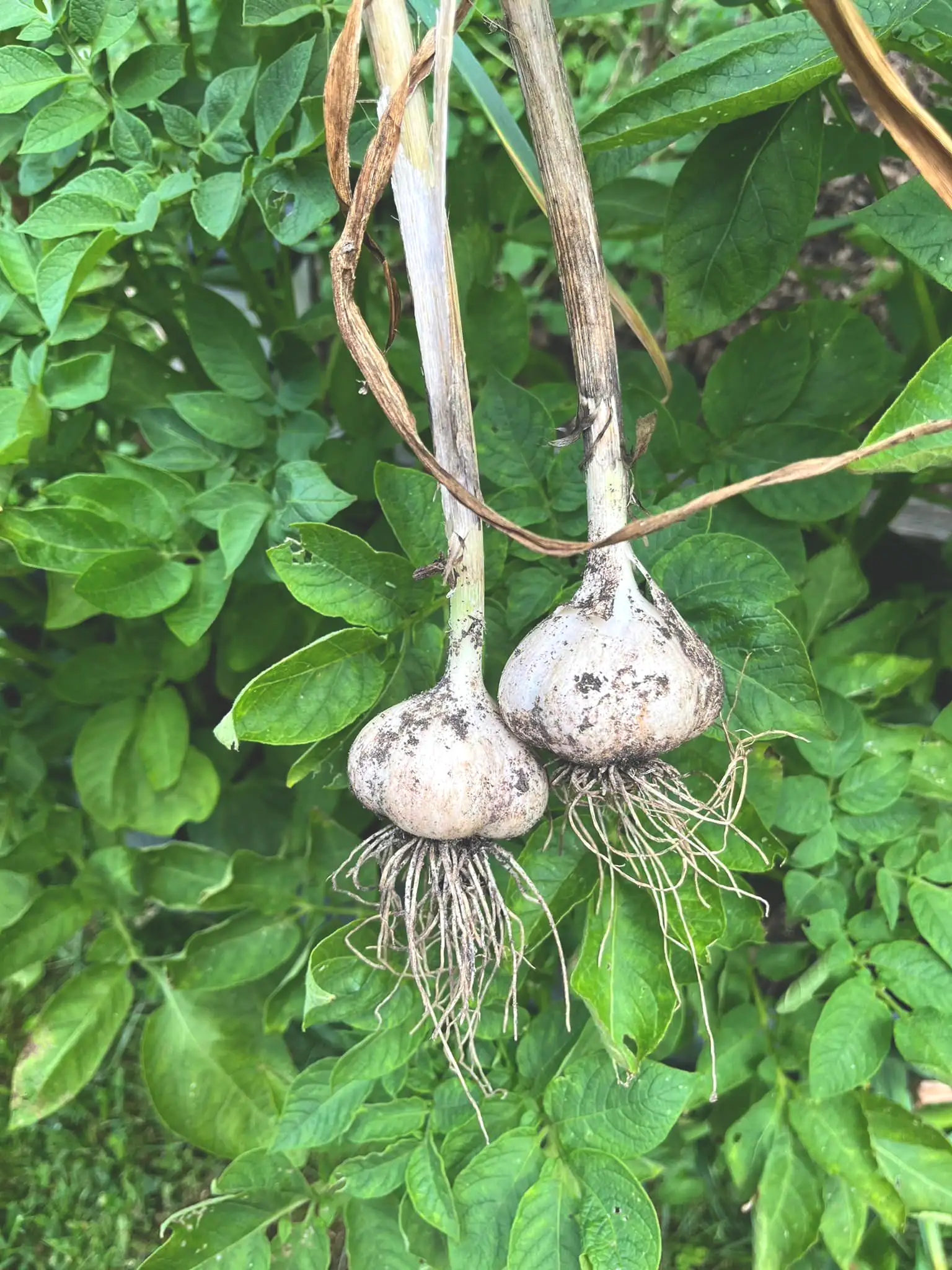
Chives
Like garlic, the strong scent of chives deters aphids and other pests. Use the chive blossoms in vinegars or sprinkle them on salads.
Chives grow pretty quickly and can be divided in the spring or fall so can have them all over your garden!
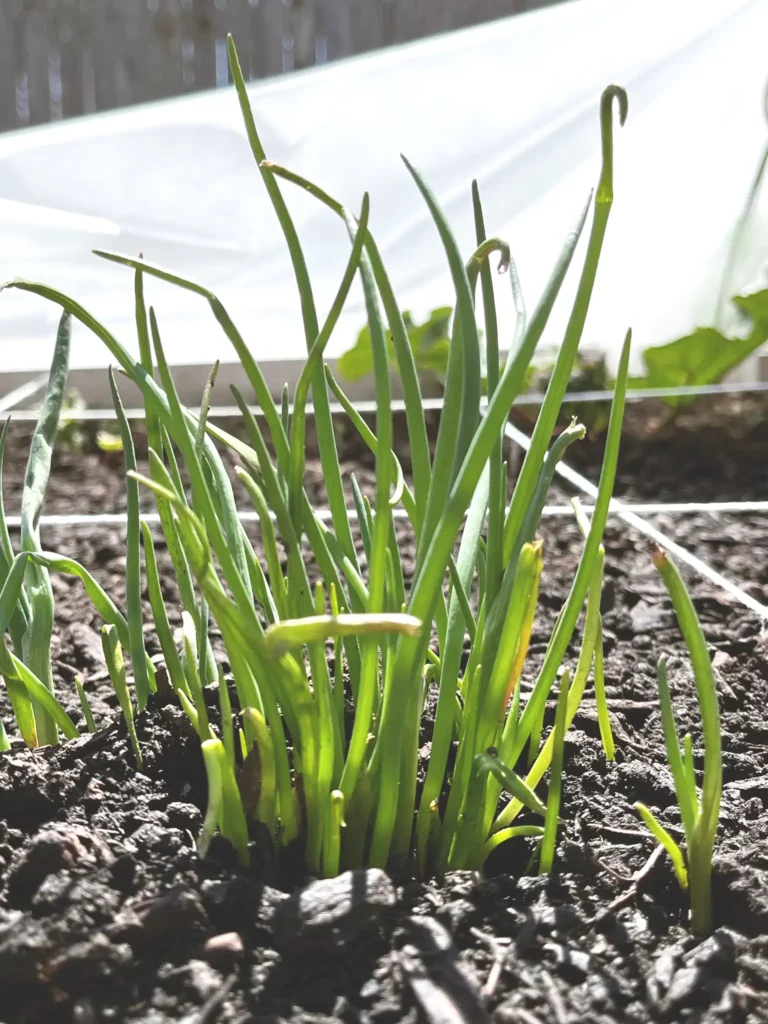
Calendula
Calendula is another one of my favorite flowers to grow with tomatoes. The beautiful orange blossoms attract beneficial insects like hoverflies and ladybugs, which prey on pests that attack tomatoes.
Use the flowers in herbal teas, soups, or skincare recipes, like floral oils and salves.
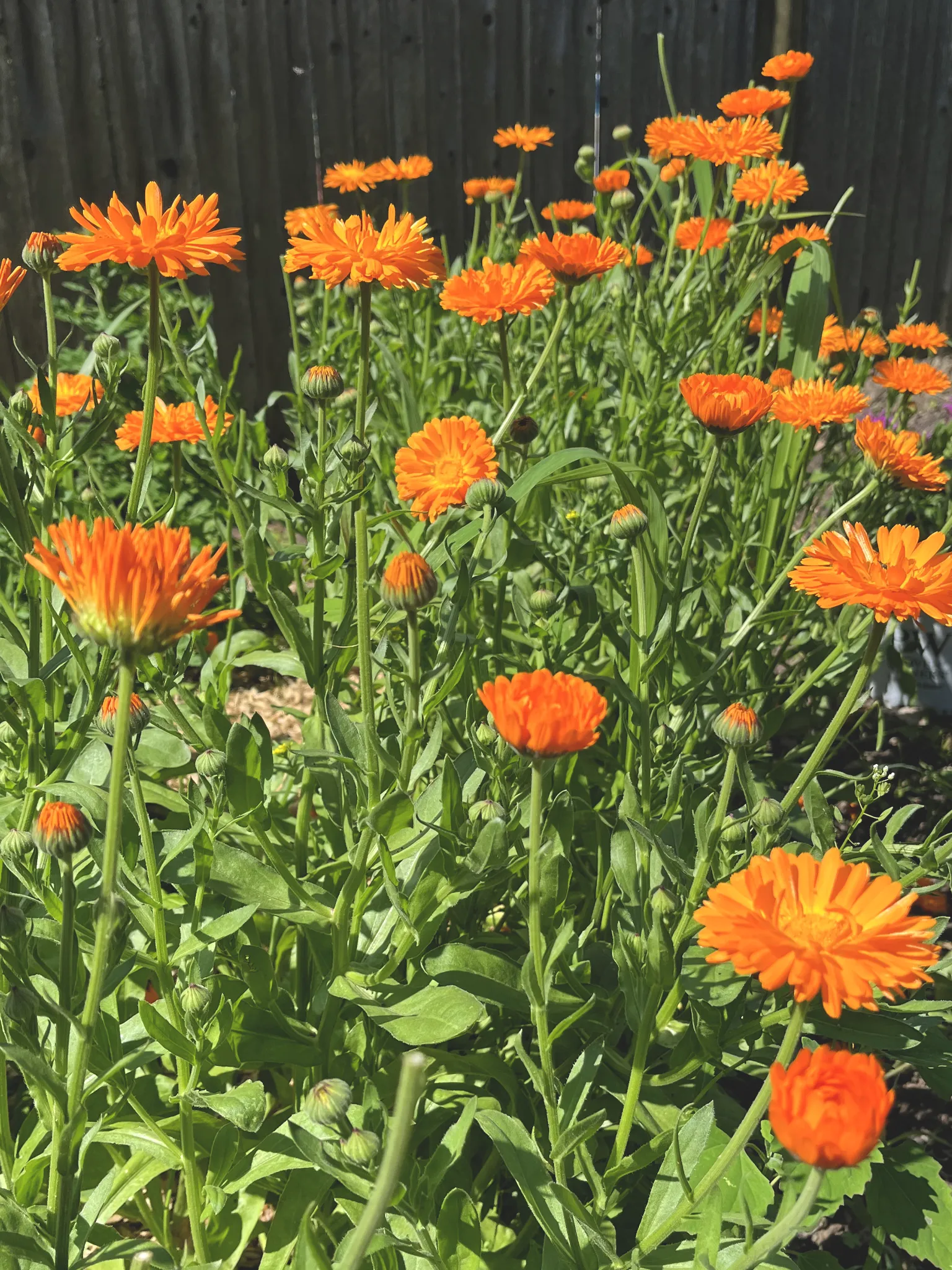
Thyme
Thyme repels tomato hornworms and whiteflies, and it smells amazing! Use the leaves in cooking, baking, herbal teas, tinctures, or oils. Thyme is an incredibly useful herb to have in the garden.
Join Our Newsletter
Sign up for our monthly newsletter to get easy gardening tips, seasonal to-dos, and herbal recipes delivered right to your inbox.
Thank you!
Check your email to confirm your subscription.
Radishes
Radishes are a great trap-crop for flea beetles. They grow really fast, and you can still eat the radish root despite damage to the leaves. Or, let them go to flower to attract honey bees and other pollinators. The flower stems can get almost as tall as the tomato plant!
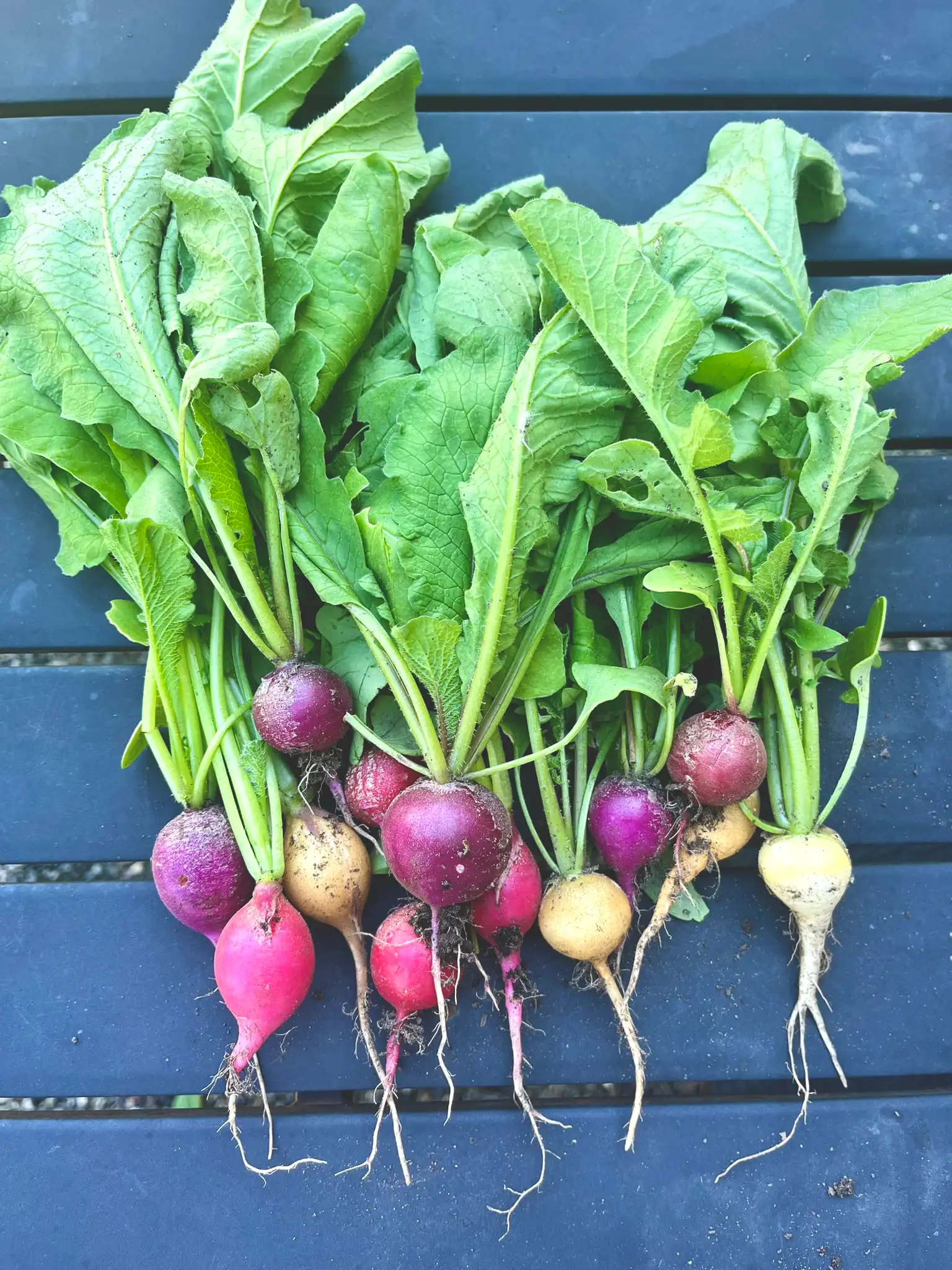
Bad Tomato Companion Plants
There are a few plants you should avoid planting near tomatoes because they can either compete for nutrients, attract pests, or hinder tomato growth.
Brassicas (broccoli, cabbage, cauliflower, kale, etc)
Brassicas are heavy feeders and will compete with tomatoes for nutrients. They also attract similar pests, compounding any pest issues you may be experiencing.
Corn
Corn and tomatoes also share common pests, like the corn earworm (also called the tomato fruitworm), which feeds on tomato fruits. Planting them together can increase infestations.
Potatoes
Potatoes are also in the nightshade family, so they are susceptible to similar diseases like blight, which can easily spread between the two plants. They also compete for similar nutrients and attract similar pests like flea beetles.
Fennel
Fennel is a bad companion plant for tomatoes because it inhibits the growth of many plants. It secretes chemicals into the soil that can affect the root system of tomatoes, stunting their growth.
Dill
Dill actually helps tomatoes by attracting beneficial insects like parasitic wasps, ladybugs, lacewings, and tachinid flies that feed on tomato hornworms, tomato fruit worms, and other caterpillars. However, as dill matures, it releases chemicals that affect the tomato plant’s roots and stunt its growth.
You can safely plant dill about 3 or 4 feet away from tomatoes, so the roots aren’t affected and they still get all the benefits from dill.
Join Our Newsletter
Sign up for our monthly newsletter to get easy gardening tips, seasonal to-dos, and herbal recipes delivered right to your inbox.
Thank you!
Check your email to confirm your subscription.
My Favorite Tomato Varieties
There are countless varieties of tomatoes to choose from, so we can experiment with unique colors and tastes. Plus, homegrown tomatoes have a much better flavor than store-bought.
Some of my favorite heirloom varieties include:
Frequently Asked Questions About Tomato Companion Plants
The best companion plant for tomatoes is basil because it repels tomato horn worm, aphids, thrips, and white flies. Other companion plants for tomatoes include marigold, onions, garlic, borage, and nasturtium.
Avoid planting members of the cabbage family (like broccoli, cauliflower, kale), corn, potatoes, fennel, and dill near tomatoes. They can either compete for nutrients, attract common pests, or release harmful chemicals.
Yes, peppers and tomatoes are both members of the nightshade family and share similar growing requirements. They need to have enough space between them to prevent diseases and pests from spreading.
Avoid planting peas near tomatoes. Peas and tomatoes will compete for nutrients, and peas may encourage excessive leafy growth in tomatoes instead of fruit production.
Yes, cucumbers and tomatoes can be planted together. Both have similar watering needs and can thrive in the same environment. You need to provide enough space for each plant to prevent overcrowding and maintain good air circulation.
References
Sorensen, K., Baker, J., Carter, C. C., & Stephan, D. (2024, June 17). Pests of tomato. NC State Extension Publications. https://content.ces.ncsu.edu/insect-and-related-pests-of-vegetables/pests-of-tomato
Githinji, L. (2017). Companion planting in gardening (Sustainable and Urban Agriculture Series Fact Sheet 08-17). Virginia Cooperative Extension, Virginia State University. https://static1.squarespace.com/static/56bb6533c2ea51c6431244f6/t/5995a653f14aa147e173a5dd/1502979667522/Companion+planting+Revised.pdf














